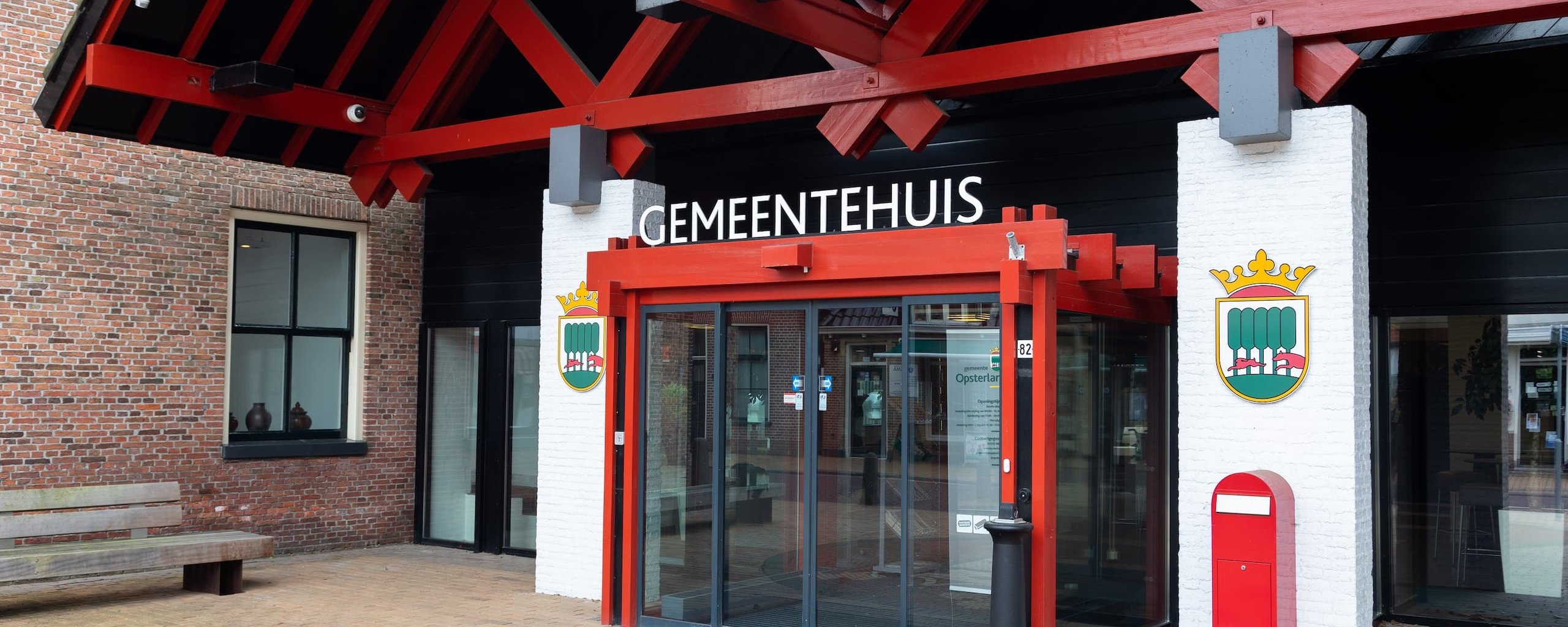The designation of municipal monuments
In early 2023, the City Council passed a resolution to begin designating municipal monuments. Monuments show how we used to live. Monuments are also often attractive and form a pleasant living or residential environment. To ensure that this piece of tangible past does not disappear, the municipality wants to protect historical buildings and objects.
A municipal monument is protected from the moment the Mayor and Aldermen have made a decision about it. Aafke Bekkema, cultural heritage policy advisor, will be busy with this in the near future. "We have looked at which objects and buildings within the municipality may be eligible for monument status. We have done this with the help of various historical associations and concerned residents. Earlier in the Sa! newspaper there was an appeal for residents to think along with us and suggest buildings or other items."
What exactly are municipal monuments?
These are objects such as buildings, but also, for example, gardens, cemeteries, tombs, bridges, ancient walls and parks. They are of extraordinary beauty, have special architecture, are rare or have other special features. This makes them of social value and worth preserving. Owners of potential municipal monuments thus own something very special, something that has great social value. To know whether a building or object has this value, it is necessary to assess it first. Gemeente Opsterland has engaged Stichting Steunpunt Monumentenzorg Fryslân for this purpose.
How does such an assessment work?
Steunpunt began assessing the properties and objects in January 2024. The assessments, some 550 of them, are expected to be completed by early November, Aafke says. "We assess using an assessment form. We look at cultural-historical value, architecture, building history, location in the environment, image value and authenticity and regional historical significance. So it's not just about the condition of a building or other object, but also what history stories exist around it. The narrative aspect of buildings and sites is becoming increasingly important." Based on the form, points are assigned to a building or object. This can lead to three possible outcomes: it does not qualify for status, it is characteristic or it is monument-worthy. "Using the same criteria as other municipalities creates a 'status quo' for monuments. This means that monuments can be compared to each other this way, and the way to assess something is then the same for all municipalities. This creates a good balance."
How will it proceed after the assessments are done?
"Of the 550 assessed buildings and objects, about 70 are expected to qualify for municipal monument status. In the coming months we will approach the owners of these buildings and objects for an interview or organize an information meeting," Aafke says. The consequences of a monument status will be discussed, how the building or object has been assessed and what the situation is with subsidies and permits for renovations, for example. In this way owners can make a good decision whether or not to have their property designated.
What is good to share is that a designation is always voluntary and with the owner's consent. "A good provision of information is important. In fact, many people think that if you own a municipal monument, nothing more can be changed. This is not true, much is still possible, but in consultation with the municipality's heritage committee. They give advice on how best to carry out a restoration or alteration. Advice can also be given on preservation and insulation measures." Monuments are being adapted to today's needs on a daily basis. However, when making alterations or changes to a municipal monument, the historical value of the building or object must always be taken into account and consideration must be given to whether they do not affect characteristic values."
Is it possible to make suggestions even now?
"Yes, even now residents can still make suggestions. If residents believe a property or object should be assessed, they can send an email to erfgoed@opsterland.nl."
